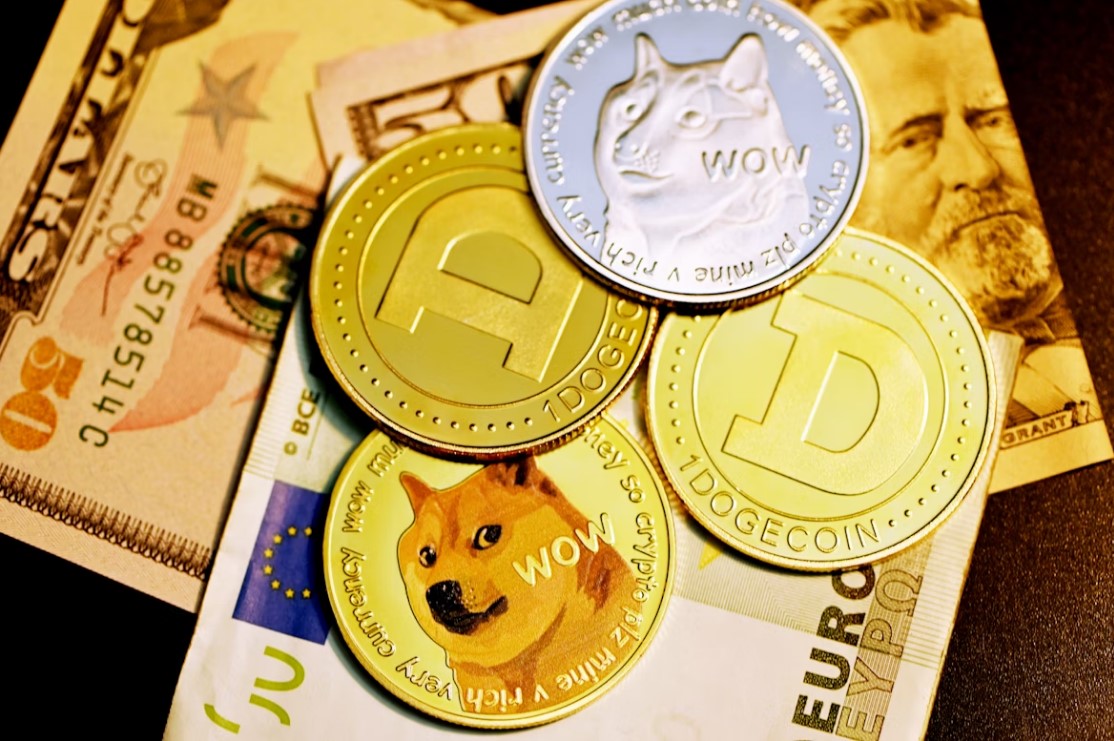
The cryptocurrency landscape is constantly evolving. Two major players in the smart contract space, Ethereum and Cardano, compete for dominance. Cardano recently surged, jumping 62% in a single day and rising 48% over the past week. Meanwhile, Ethereum, the long-established leader in decentralized applications, dropped 11% over the past seven days despite minor recoveries.
With these contrasting movements, investors wonder: Is Cardano set for sustained growth, or will Ethereum maintain its lead? Let’s examine their strengths and long-term potential.
Ethereum’s market dominance and institutional adoption
Ethereum remains the most widely used blockchain for smart contracts and decentralized applications. It was the first to introduce programmable contracts and has since become the industry standard. Over 16,000 active developers contribute to Ethereum, according to Electric Capital. In comparison, Solana has around 6,450 developers, while Cardano lags with fewer than 500.

Beyond developer activity, Ethereum enjoys strong institutional adoption. Major corporations, financial institutions, and governments integrate Ethereum-based solutions. These integrations solidify its role in the future of decentralized finance, NFTs, and Web3 applications. The Ethereum 2.0 upgrade enhances scalability and transaction efficiency, addressing concerns like high gas fees and congestion.
Cardano’s unique approach and challenges
Charles Hoskinson founded Cardano with the goal of creating a blockchain backed by rigorous academic research. Unlike Ethereum, which follows an open-source development model, Cardano relies on peer-reviewed studies and structured upgrades. This approach enhances security and robustness but slows adoption.

Another challenge involves developer accessibility. Cardano uses Haskell as its primary programming language, which has a steep learning curve. While Haskell ensures high security, it also makes onboarding new developers more difficult than Ethereum’s widely adopted Solidity language. With fewer projects building on Cardano, its ecosystem remains smaller than Ethereum’s vast range of DeFi platforms, gaming applications, and enterprise solutions.
Why Ethereum remains the superior investment
Cardano’s recent price jump stemmed from political factors. The President of the United States, Donald Trump, included ADA in a proposed digital asset reserve alongside Ethereum. This news sparked excitement, but Ethereum remains the stronger player in adoption and utility.
Ethereum has become the default platform for decentralized innovation. Major projects, developers, and enterprises continue building on its blockchain. Even as newer blockchains introduce faster smart contract solutions, Ethereum’s established trust and network effect make it difficult to displace.
Cardano has potential, but investing in it remains speculative. Its adoption is slower, and real-world applications remain limited. Ethereum’s established infrastructure and continuous improvements make it the better choice for long-term blockchain growth.
Final thoughts
Both Ethereum and Cardano have unique strengths. However, Ethereum leads in smart contract adoption, developer engagement, and institutional support. While Cardano’s research-driven approach may lead to future breakthroughs, it has a long way to go before challenging Ethereum’s market position.








